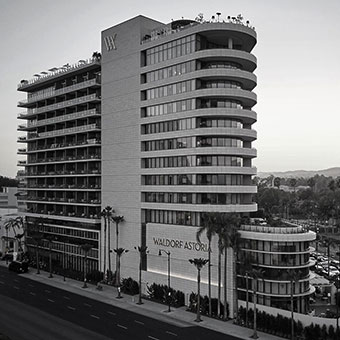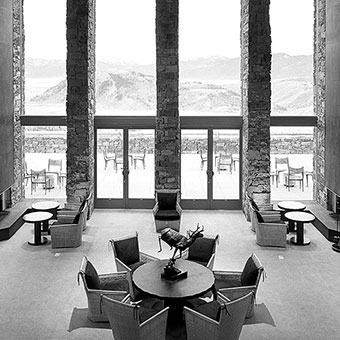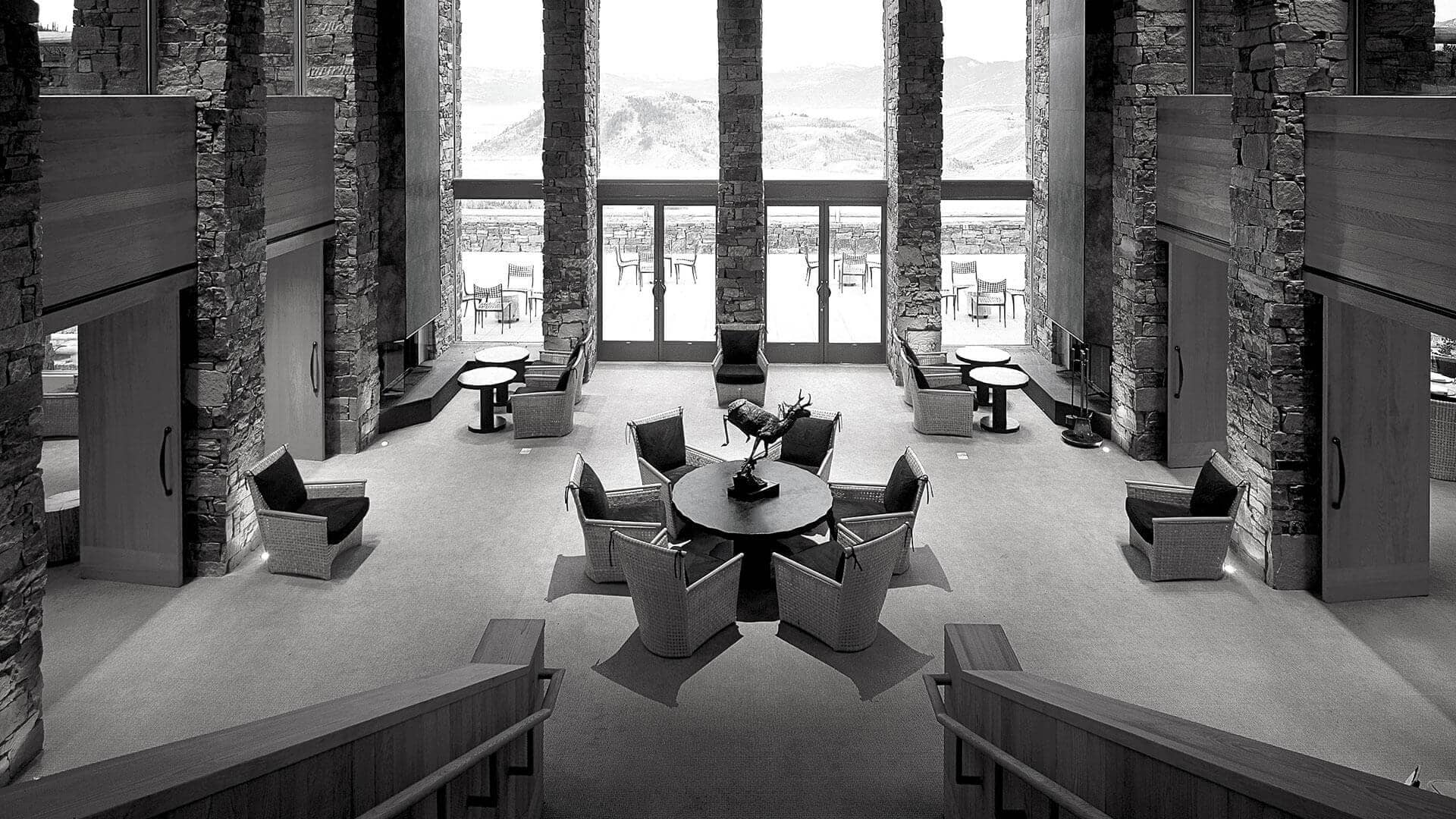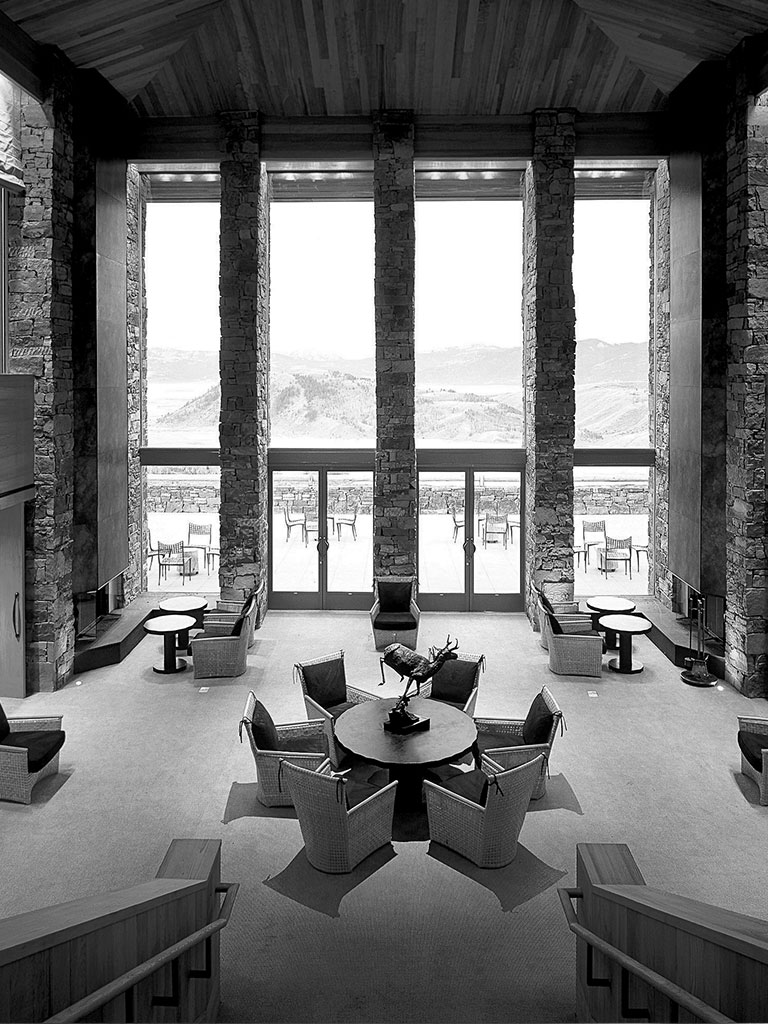RobertDouglas, STR, & HNN Release 2018 Hotel Lender Survey
STR, Hotel News Now, and RobertDouglas conducted a survey of senior balance sheet lenders, CMBS lenders, and providers of subordinate debt financing to measure the current state of financing market conditions and ascertain critical future expectations through the lens of the specialist hospitality lending community. More than 65 lenders participated in this annual survey – together representing the source of the majority of all hotel debt with loan balances in excess of $10 million that was originated in the U.S. in 2018.
Overall, the survey results suggest an inflection point in the hotel-asset value cycle as many lenders are indicating that values have peaked. A third of lenders believe that hotel values will decrease in 2019, up from 9% of lenders last year. Just over half the lenders believe that hotel values will be flat.
Even in light of this outlook, less than a quarter of lenders think that hotel lending volume will decrease this year, while 70% believe it will remain flat. For the fifth year in a row, survey respondents cited the potential for a U.S. economic slowdown/faltering macroeconomic growth as the most feared threat to their hotel loan portfolio. Lenders are also now equally concerned about new supply and refinancing risk due to higher exit cap rates and/or higher future borrowing costs, both ranked as the second largest fears.
The survey highlights the metrics most important to lenders in underwriting, sizing, and pricing hotel loans. Of these, according to most respondents, cash flow-metrics are the single most important metric to determine “gating” criteria for financing. The maximum loan-to-value ratio underwritten by senior lenders for existing assets averaged 70%, with responses ranging broadly from 55% to 85%. Subordinate lenders would also go as high as 85% loan-to-value but averaged 78%. For construction lending, loan-to-value averaged 70% but spanned as high as 85%.
Most of the risk in the lodging industry is perceived in independent and luxury products, although these two chain scales had the highest RevPAR growth in 2018. The midscale segment appears to have the least amount of risk, according to lenders, despite the fact that these chain scales have experienced the most new supply growth and less than average RevPAR gains in recent years. Hotels in urban locations have the lowest perceived risk, according to the survey results. The appetite for construction lending appears to be most focused on upscale, upper-upscale, and urban hotel projects.
To order a copy of the Hotel Lender Survey, or participate in future surveys, please contact concierge@stranalytics.com.





